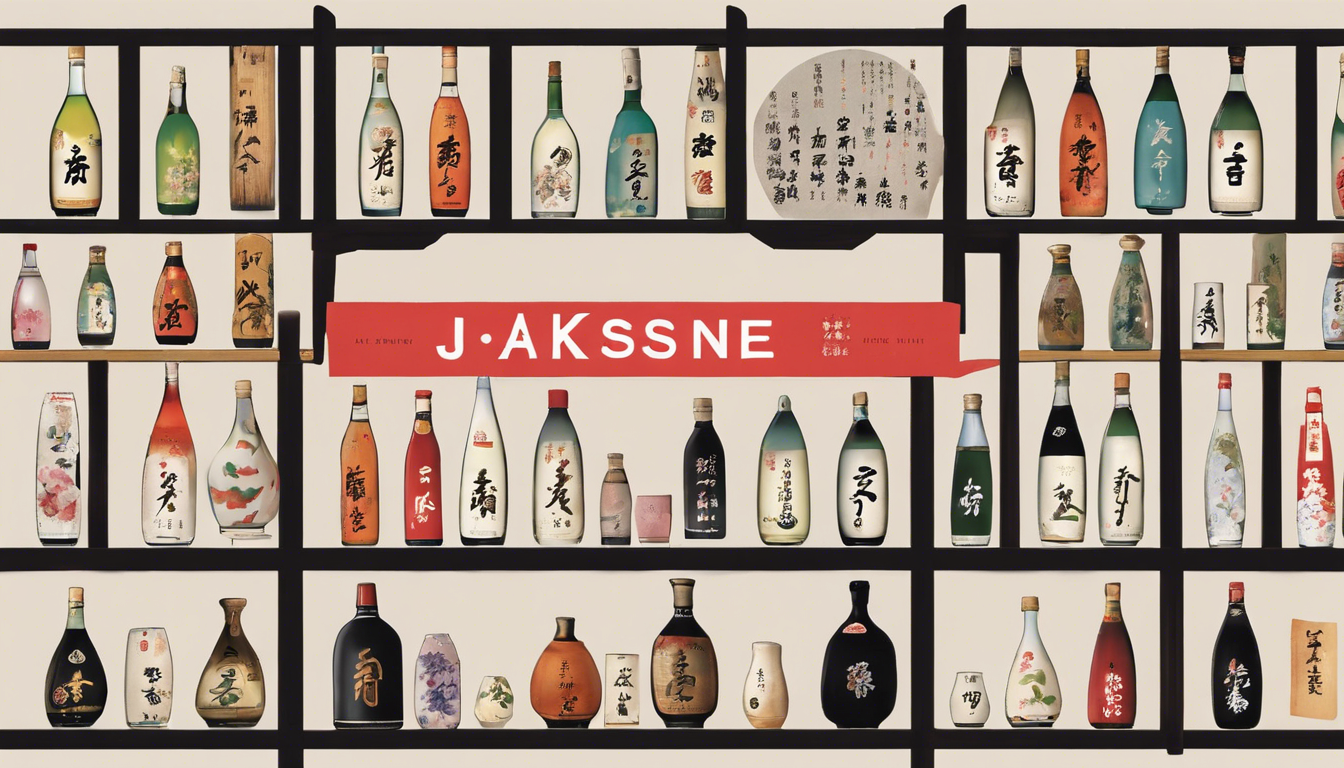Japanese sake, a beloved beverage deeply woven into the cultural fabric of Japan, tells a story that spans centuries. From its ancient origins to the contemporary brewing techniques that honor tradition while embracing innovation, this comprehensive guide will take you on a journey through the rich history and diverse types of Japanese sake. Whether you’re a seasoned enthusiast or a curious foodie eager to learn the nuances of this exquisite drink, join us as we explore how to appreciate sake in all its complexity, discover the best pairings, and master the art of selecting and storing it at home.
Key Takeaways:
- Japanese sake has a rich history that reflects the cultural evolution of Japan.
- Understanding the key ingredients and brewing techniques is essential to appreciating sake’s complexity.
- There are various types of Japanese sake, each with unique flavor profiles and characteristics.
- Sake plays a significant cultural role in Japan, often linked to ceremonies and traditional practices.
- Proper enjoyment and pairing of sake can enhance your culinary experiences at home.
The Historical Journey of Japanese Sake
Ah, Japanese sake! It’s not just a drink; it’s a testament to centuries of tradition and craftsmanship. The historical journey of Japanese sake dates back to ancient times, with evidence of rice fermentation tracking as far back as 300 BC. Initially, it was a ceremonial beverage, reserved for Shinto rituals and celebrations, made using a meticulous process involving the magical interaction of rice, water, yeast, and koji mold. As the centuries rolled on, especially during the Edo period (1603-1868), sake brewing evolved significantly, leading to the development of new techniques and the establishment of sake breweries across the country. This era also saw the rise of sake as a beloved drink among the masses, spurring regional varieties that showcased the local terroir and brewing styles. Fast forward to today, and Japanese sake has climbed the ranks to become a global favorite among food enthusiasts, perfectly pairing with everything from sushi to spicy ramen. It’s fascinating how this humble rice-based beverage has transformed and adapted, yet still embodies the rich culture and history of Japan.
Understanding the Brewing Process: Ingredients and Techniques
When it comes to Japanese sake, understanding the brewing process is like peering behind the curtain of a complex, artisanal craft that has been honed over centuries. At its core, sake is made from just four primary ingredients: high-quality rice, water, yeast, and koji mold, each playing a crucial role in the transformation of simple grains into this beloved beverage. The rice is polished to remove its outer layers, which helps define the sake’s flavor profile — the more polished the rice, the smoother the sake. Water, often sourced from mountain streams or deep wells, lends its unique mineral content to the brew, creating subtle variations in taste. The fermentation process is where the magic happens; yeast converts sugars into alcohol, while koji mold breaks down starches into fermentable sugars, resulting in a complex interplay of flavors. Techniques such as multiple parallel fermentation, and careful temperature control during brewing, contribute to the distinct aromas and tastes of different sake varieties. For foodies, appreciating Japanese sake goes beyond the bottle — it’s about understanding the meticulous process that transforms these humble ingredients into a drink that’s as rich in tradition as it is in flavor.
‘Sake is like a fine wine: it enhances the flavors of food and brings people together, but it is truly an art form unto itself.’
Exploring the Different Types of Japanese Sake
When it comes to Japanese sake, or nihonshu as the locals call it, the world opens up to an incredible array of flavors and styles that can charm any foodie’s palate. First off, you have the junmai, which is pure rice wine, known for its rich and full-bodied flavor; it’s unadulterated and offers a true taste of its rice origin. Then there’s the ginjo, a more aromatic and fruity version that’s often enjoyed chilled, perfect for those looking to explore lighter exemplars. If you’re feeling adventurous, the daiginjo takes you even further with its premium brewing process, resulting in a delicate and refined sip that’s often celebrated in fine dining circles. Don’t forget about the nigori, the cloudy sake that packs a sweet and creamy punch, ideal for dessert pairings or just sipping on a lazy afternoon. Each type of sake tells its own story, influenced by the region, water quality, and brewing techniques, making the exploration not just a tasting experience, but a delightful journey through Japanese culture—one sip at a time!
The Cultural Significance of Sake in Japan
When you think of Japanese sake, it’s easy to picture a delicate bottle and a warm cup, but the cultural significance of this beloved beverage goes way deeper than just its taste and presentation. Sake has been a part of Japan’s history for over a thousand years, and it isn’t just a drink; it’s a reflection of Japanese traditions, rituals, and even festivals! For foodies, exploring Japanese sake is akin to embarking on a delicious journey through the country’s kaya—the unique rice varieties, regional brewing methods, and even the water used—all contribute to the flavor profiles that can range from fruity and floral to rich and umami. Sake is often served during important celebrations like weddings, New Year’s, and Shinto ceremonies, symbolizing joy, purity, and harmony. Plus, the intricate etiquette surrounding sake—like the ritual of pouring for one another, which fosters relationships—adds another layer to your appreciation. So, whether you’re tasting a refined Junmai or a crisp Ginjo, you’re not just enjoying a drink; you’re sipping on a piece of Japan’s rich cultural tapestry.
How to Properly Enjoy and Pair Japanese Sake
When it comes to enjoying Japanese sake, there’s a delightful art to both savoring it and pairing it with your favorite dishes. Imagine sipping on a chilled Junmai Ginjo while nibbling on a delicate sashimi platter – the rich umami of the fish amplified by the crisp, fruity notes of the sake. Don’t shy away from exploring the various types of Japanese sake, as each has its unique flavor profile; for instance, a warming Junmai is wonderful with heartier meals like grilled meats or a comforting bowl of ramen, where the sake’s full-bodied nature complements the savory broth. To elevate your experience even further, consider the temperature: while premium sakes shine when served cool, some can be enjoyed warm, particularly during cooler evenings. And remember, presentation matters too – serving sake in traditional glassware or ochoko can enhance the overall experience. So, grab a bottle, gather some delicious bites, and enjoy the spectacular journey of flavors that Japanese sake has to offer!







